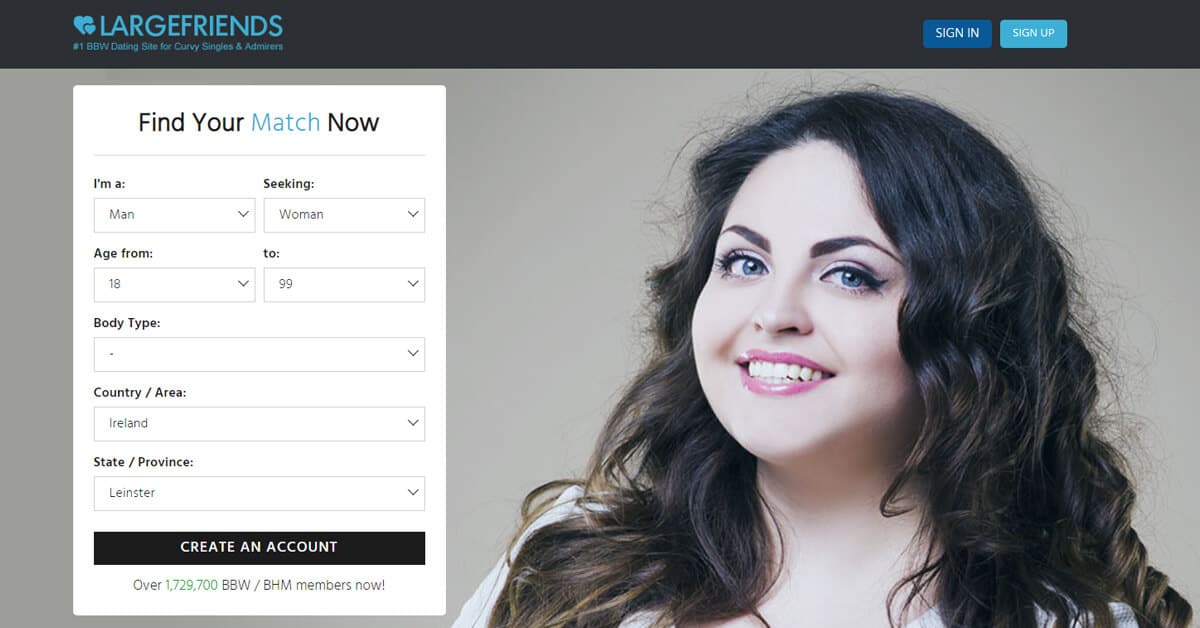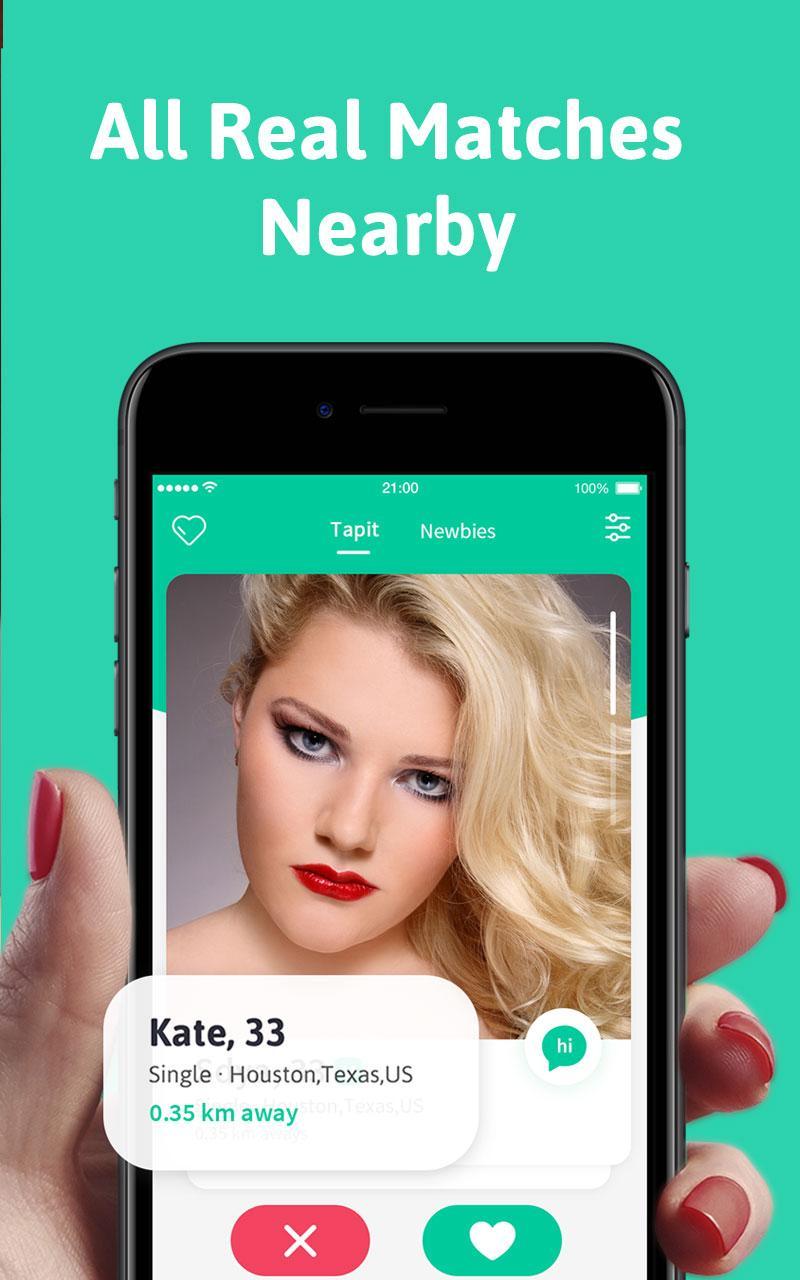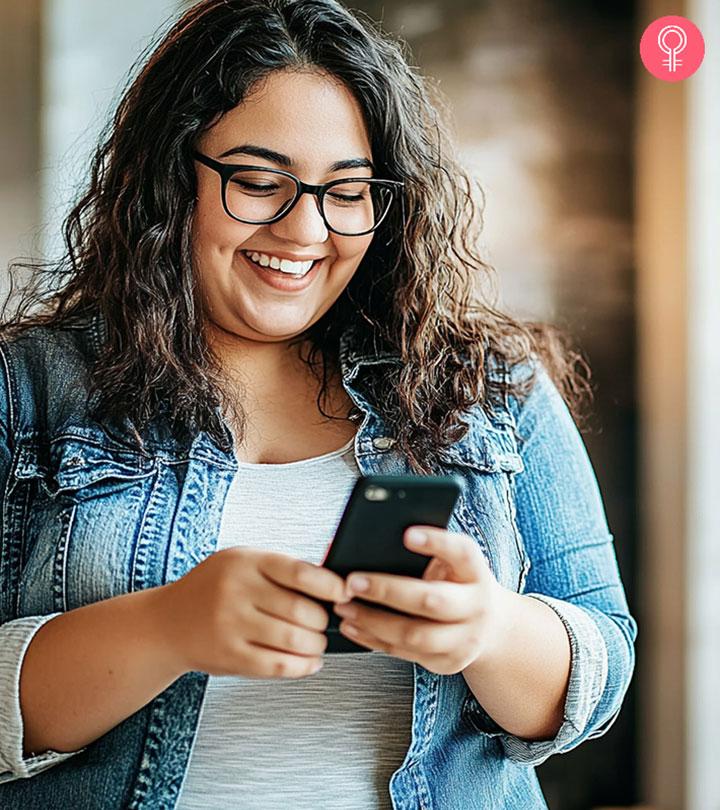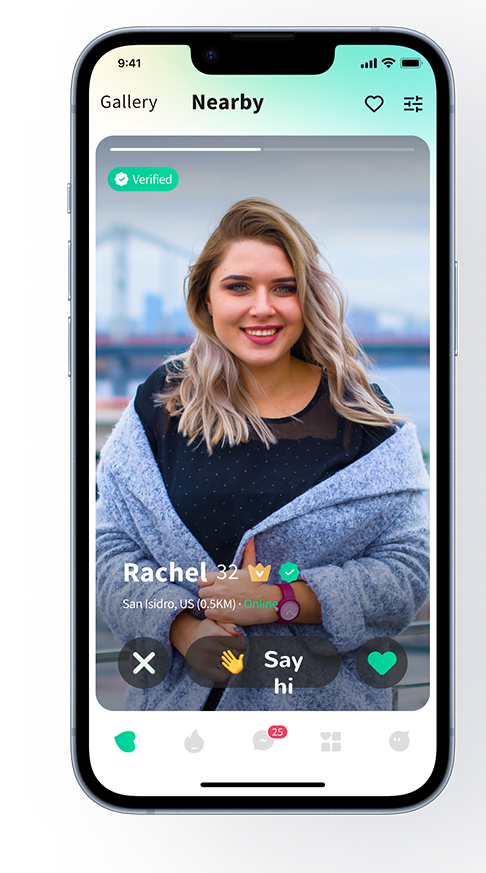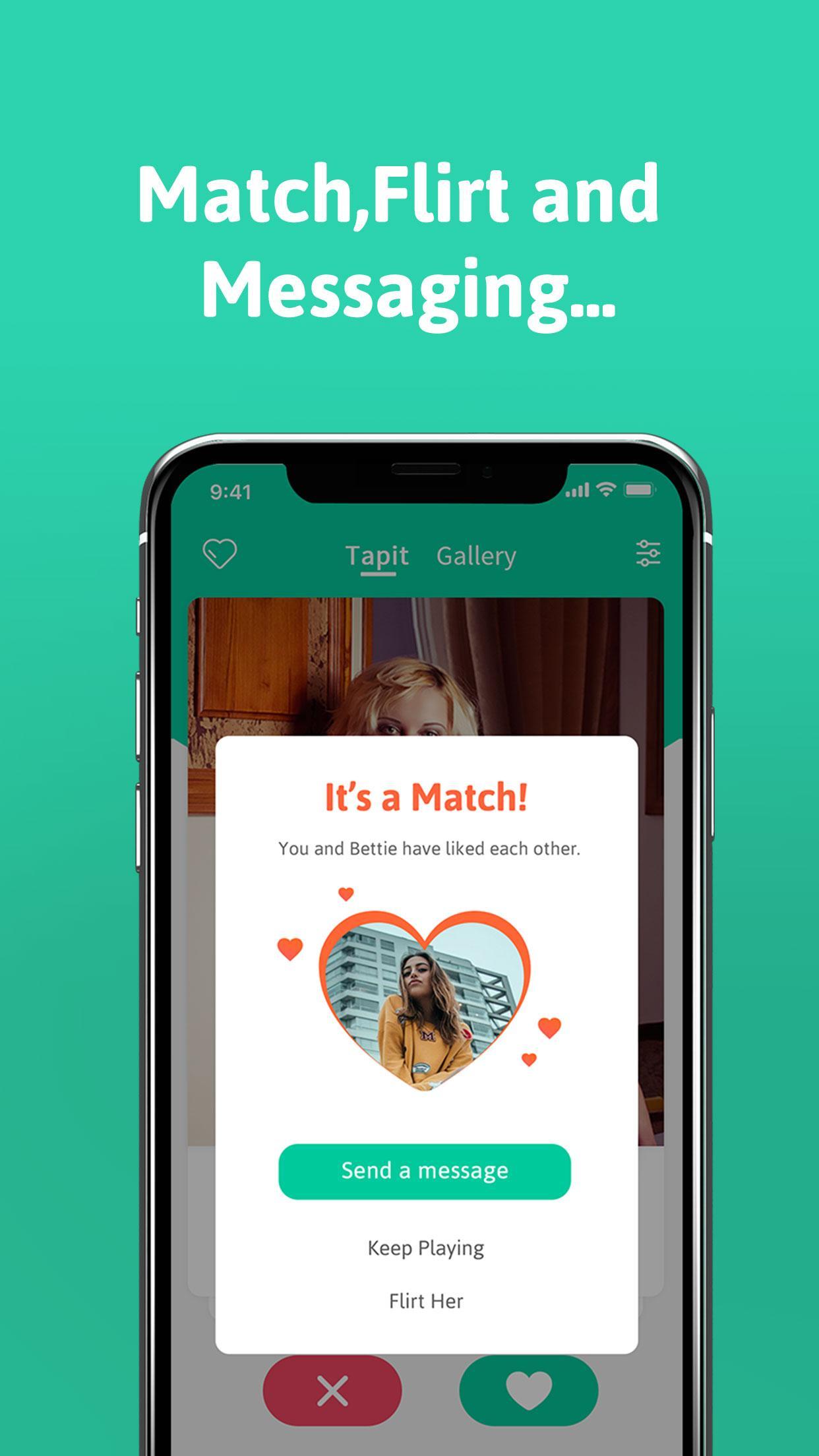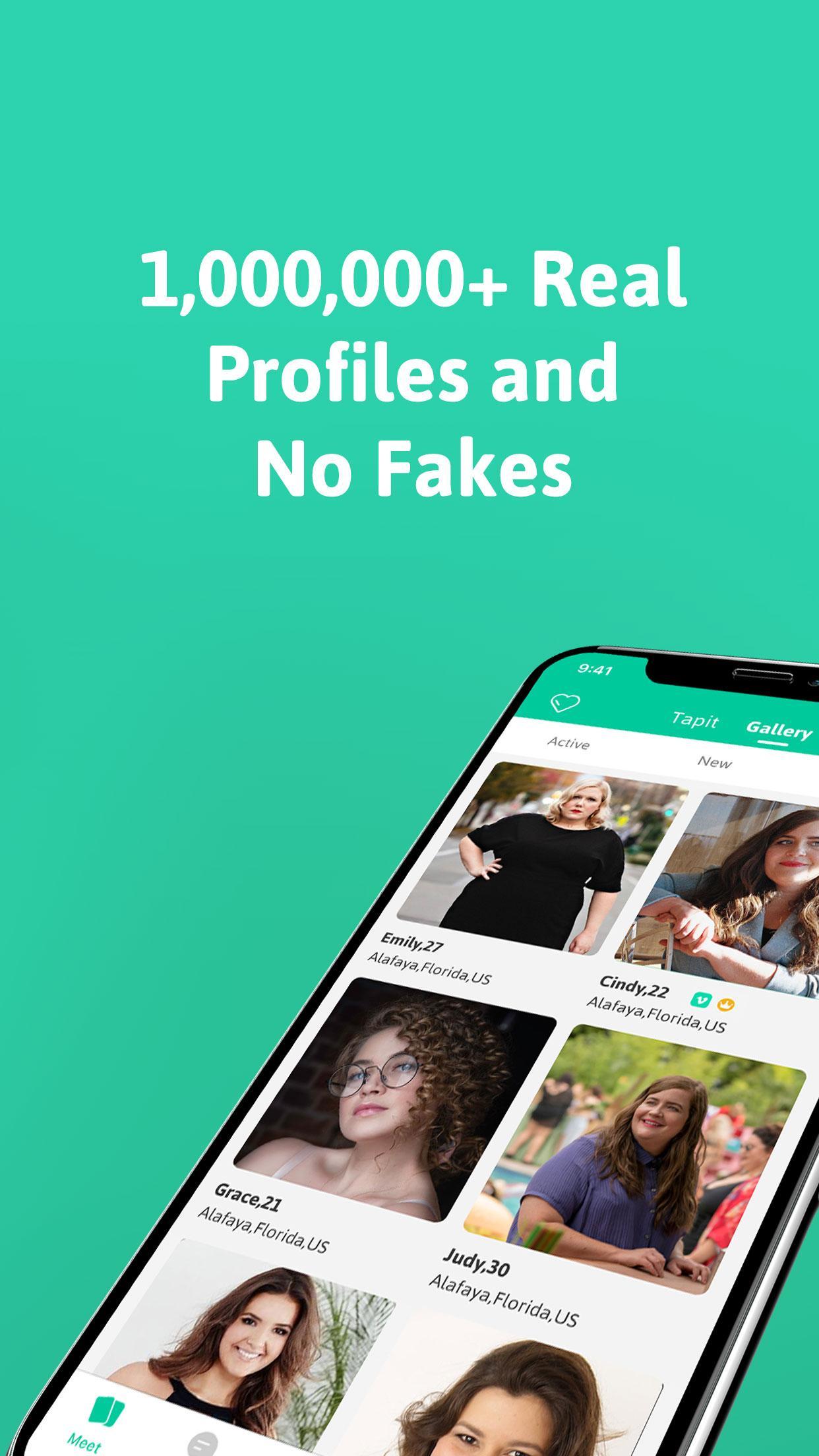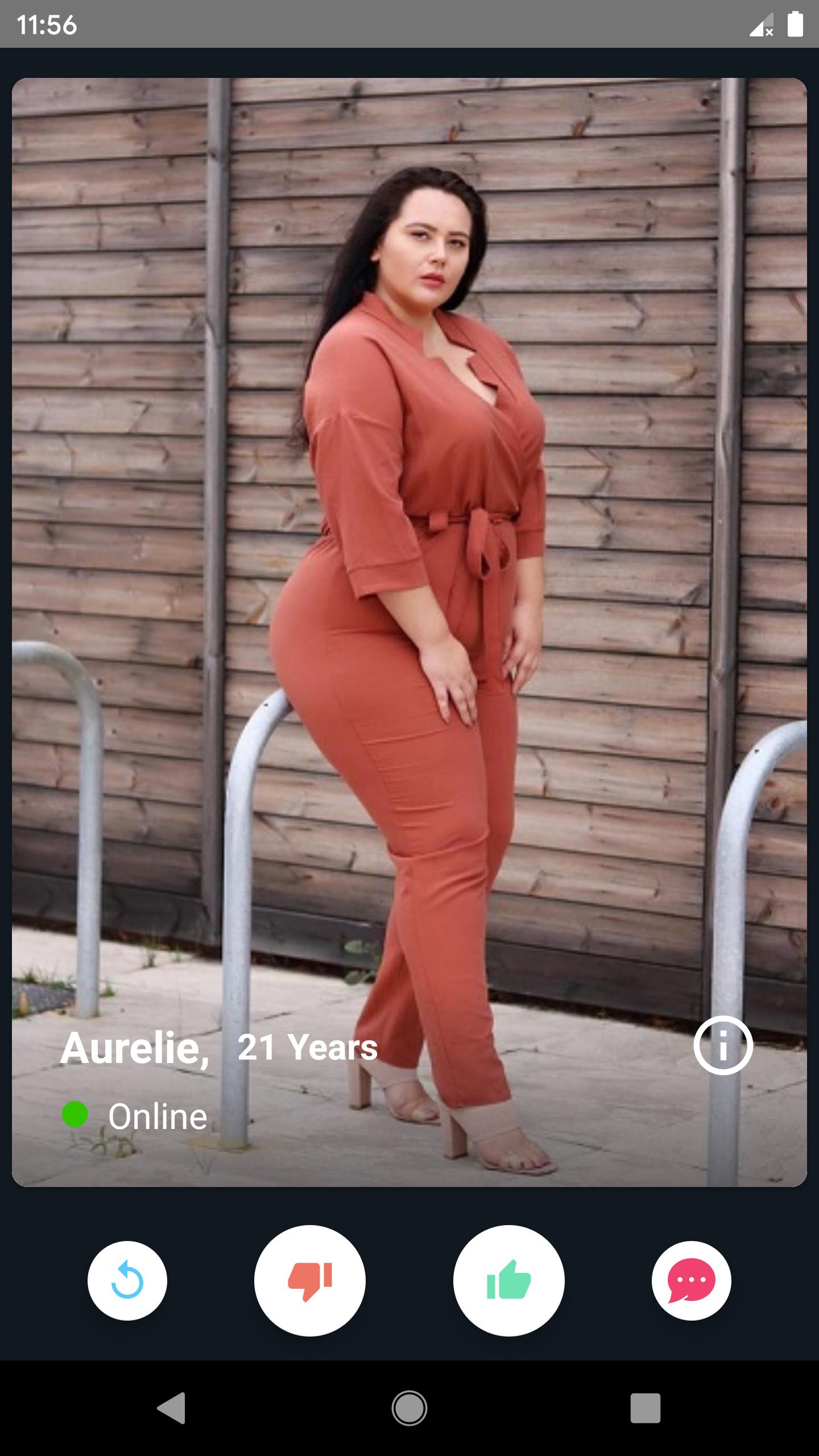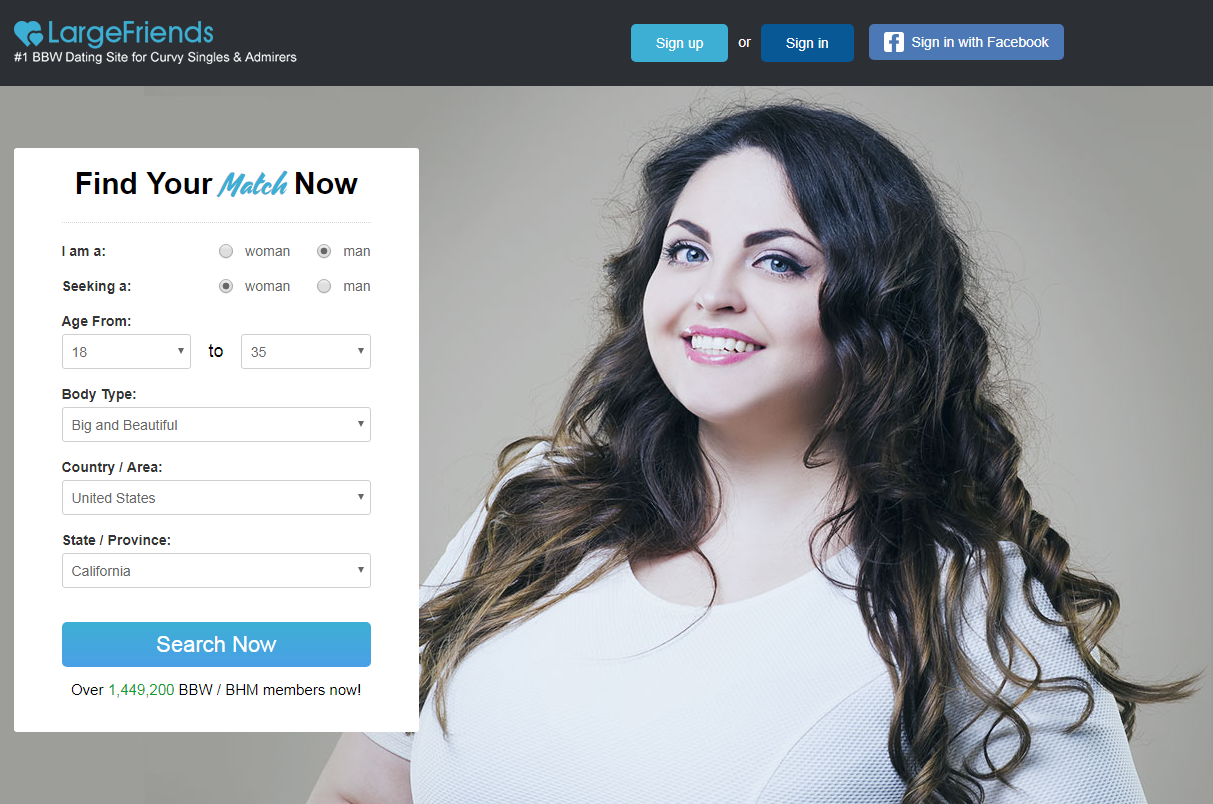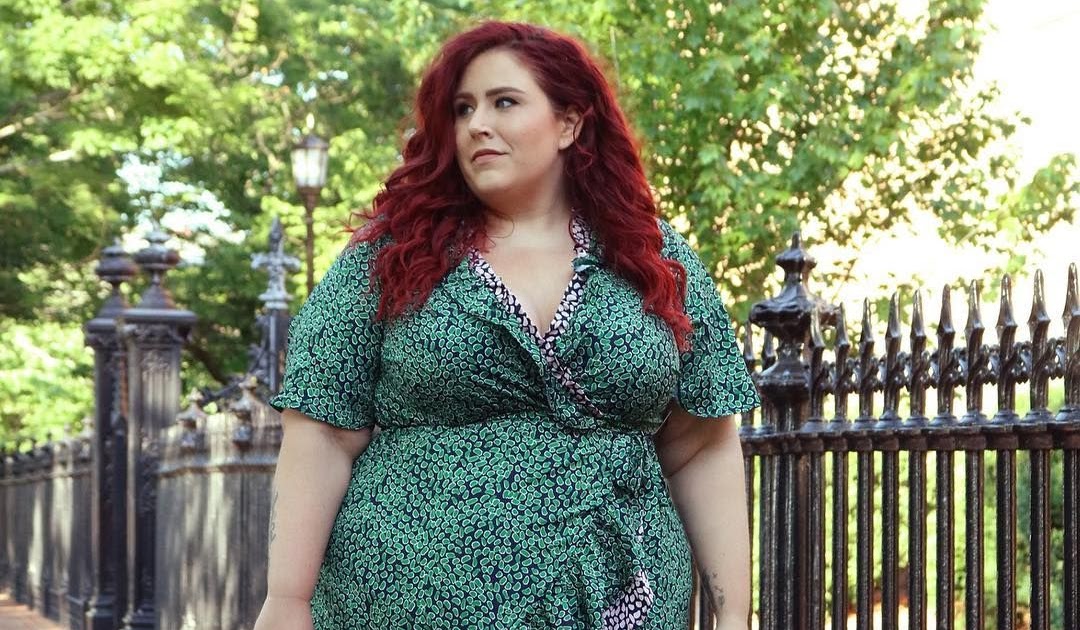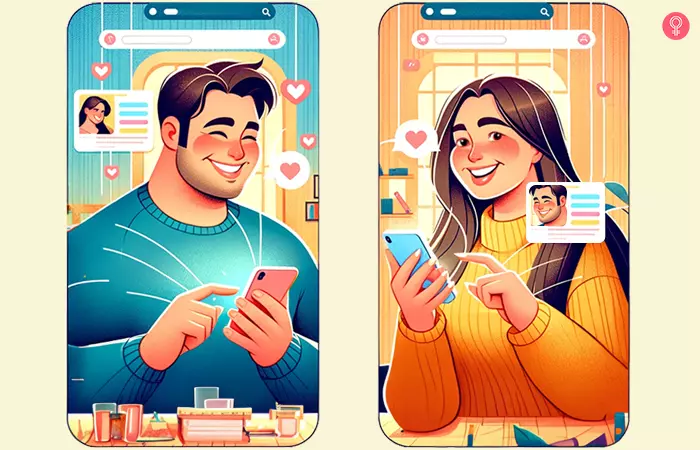Dating App For Plus Size People

In a world saturated with images of idealized bodies, many individuals find themselves excluded from mainstream dating platforms. The pressure to conform to narrow beauty standards can be especially acute for plus-size individuals seeking connection and romance. This exclusion has fueled the rise of dating apps specifically catering to this demographic, promising a more inclusive and accepting environment.
However, the existence of these apps raises complex questions about body image, inclusivity, and the very nature of attraction. Are these platforms genuinely empowering, or do they inadvertently perpetuate the stigma surrounding larger bodies? This article delves into the burgeoning world of plus-size dating apps, exploring their impact, challenges, and potential for fostering genuine connection.
The Rise of Niche Dating Apps
The dating app landscape has evolved significantly beyond mainstream players like Tinder and Bumble. Niche dating apps cater to specific interests, religions, ethnicities, and, increasingly, body types. This fragmentation reflects a desire for more personalized and targeted experiences.
Plus-size dating apps address a perceived gap in the market, offering spaces where individuals can connect without feeling judged or facing unsolicited comments about their weight. WooPlus and BBW Cupid are among the most popular, boasting significant user bases and active communities. These platforms often promote body positivity and acceptance as core values.
Empowerment or Segregation?
The core debate surrounding plus-size dating apps centers on whether they truly empower users or inadvertently segregate them. Proponents argue that these apps provide a safe space where individuals can sidestep the negativity and body shaming often encountered on mainstream platforms.
By focusing on personality and shared interests, these apps aim to shift the emphasis away from physical appearance, fostering more meaningful connections. Many users report feeling more confident and comfortable expressing themselves in these environments.
Conversely, critics contend that such platforms reinforce the idea that plus-size individuals are somehow separate or different from their thinner counterparts. They argue that segregation, even if well-intentioned, ultimately perpetuates stigma and limits opportunities for genuine integration.
Some worry that these apps normalize the concept of dating within a specific body type, reinforcing societal beauty standards rather than challenging them. The argument is that focusing solely on plus-size individuals may inadvertently create a sense of "otherness," hindering progress towards broader acceptance.
Addressing Stigma and Promoting Body Positivity
Many plus-size dating apps actively work to combat stigma and promote body positivity. WooPlus, for example, has run campaigns promoting self-love and acceptance, encouraging users to embrace their bodies as they are.
These platforms often have strict moderation policies to prevent body shaming and harassment. Users are encouraged to report any instances of negativity, fostering a more supportive and inclusive community.
However, even with these measures, completely eradicating bias and prejudice remains a challenge. Internalized stigma and societal pressures can still affect individuals' perceptions of themselves and others, even within these ostensibly safe spaces.
Data and Demographics
While comprehensive data on the usage and effectiveness of plus-size dating apps is limited, anecdotal evidence suggests a growing demand for these platforms. WooPlus reports having millions of users globally, indicating a significant unmet need within the dating market.
The demographics of these apps vary, but they generally attract a diverse range of individuals, from young adults to older adults, representing various ethnicities and socioeconomic backgrounds. The common thread is a shared desire for connection and acceptance.
Understanding the long-term impact of these platforms requires further research. Studies examining user satisfaction, relationship outcomes, and the overall effect on body image could provide valuable insights.
The Future of Inclusive Dating
The rise of plus-size dating apps reflects a broader societal shift towards greater inclusivity and body positivity. However, the ultimate goal should be to create a world where individuals of all shapes and sizes feel welcome and accepted on all dating platforms.
Ideally, mainstream dating apps would adopt more inclusive practices, such as featuring diverse body types in their marketing materials and implementing stricter anti-harassment policies. This approach would foster a more equitable and welcoming environment for everyone.
Ultimately, the success of plus-size dating apps hinges on their ability to empower users, challenge societal norms, and pave the way for a more inclusive and accepting dating landscape. The conversation surrounding body image and attraction needs to continue evolving, fostering genuine connection and respect for all individuals.
Whitney Way Thore, a prominent body-positive activist, often speaks about the importance of self-acceptance and challenging conventional beauty standards. Her advocacy highlights the broader movement towards inclusivity that these apps aim to support.
